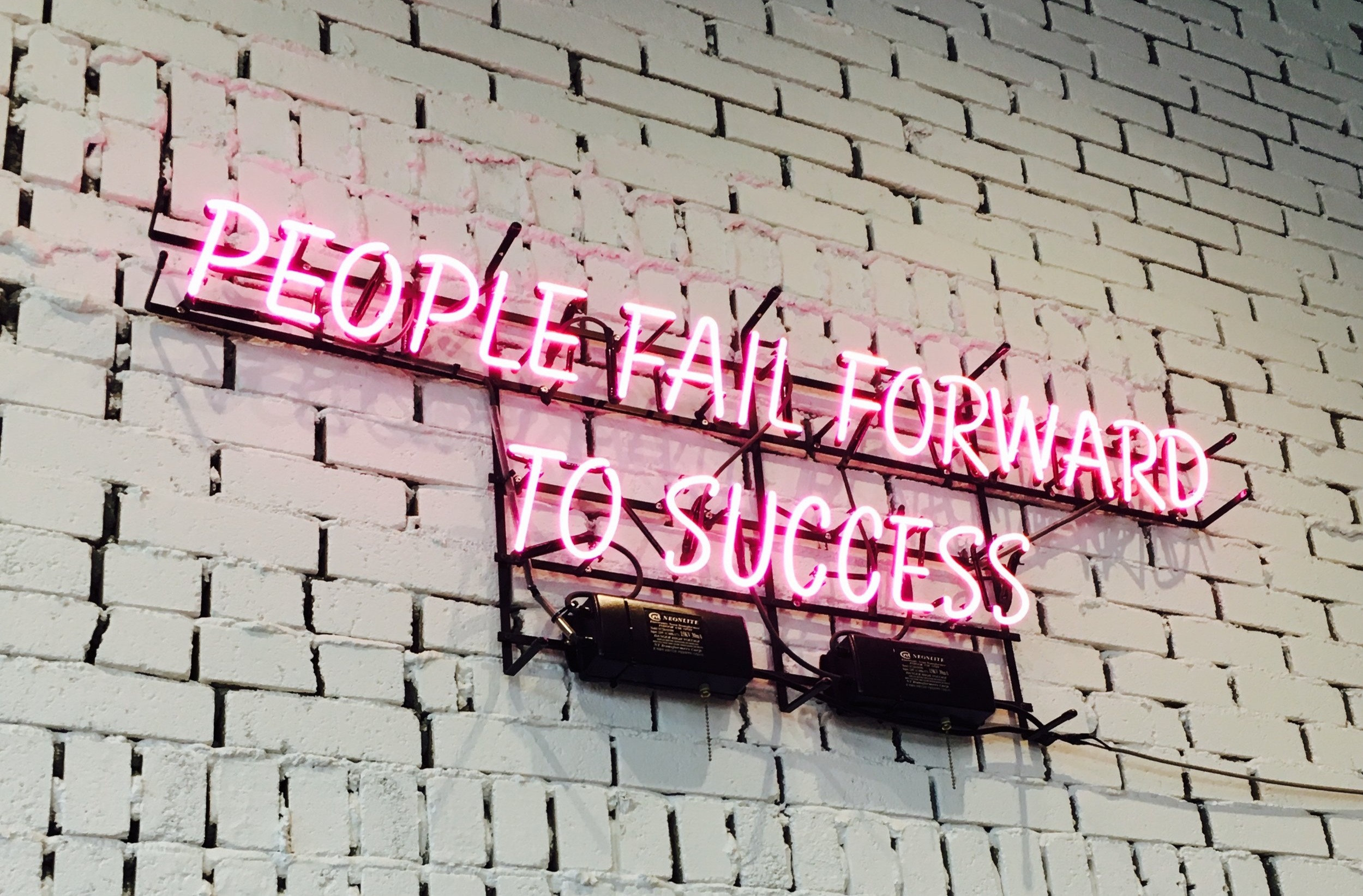Why You Are Not Broken (Even If It Feels Like It Right Now)
You’re here, reading this, which probably means you’re not feeling great about where you’re at. Maybe you feel stuck. Maybe you’ve fallen off track. Maybe you’re quietly wondering if you’re just not cut out for this whole fitness and health thing — like everyone else got a manual for discipline, and you missed the day it was handed out.
Let’s get something straight right now:
You are not broken.
You might be exhausted. Overwhelmed. Frustrated. Disappointed.
But you are not broken.
And no matter how loud that voice in your head is — the one that says “This is just who I am,” or “I always mess this up” — I promise, that’s not the end of your story.
Because here’s the truth:
Just because you’ve struggled doesn’t mean you’re doomed to keep struggling.
Let’s unpack that.
The Shame Script You Didn’t Realise You Were Running
Most of the people I work with are smart, capable, and successful in other parts of their lives. And yet — when it comes to health, nutrition, or movement — they start talking like they’re fundamentally flawed:
“I’ve always been this way.”
“This is just who I am.”
“I just can’t control myself.”
“I blew it — again.”
What’s really happening there?
It’s identity-level shame.
They’re not just saying, “I made a mistake.”
They’re saying, “I am a mistake.”
And once you start believing that narrative, it becomes a self-fulfilling prophecy. You try to “fix” yourself by going too hard, too fast — extreme diets, rigid workout schedules, all-or-nothing goals. You’re trying to overcompensate for what you think is a deep flaw.
But here’s the kicker:
It’s not your willpower that’s failing — it’s your approach.
The Cycle That Keeps You Stuck
Let’s look at what usually happens when someone feels “broken” and tries to fix it:
They go extreme.
They decide to finally “get serious” — which means cutting carbs, doing two-a-day workouts, or tracking every calorie down to the gram.They burn out.
Because that level of intensity is unsustainable, especially on top of work, kids, aging parents, bills, and, you know, life.They fall off.
Cue the guilt, the shame, and the self-talk spiral: “I knew I’d screw this up. I can’t do anything right.”They give up — or go harder.
Some quit entirely. Others double down with an even more punishing plan. And the cycle repeats.
This isn’t discipline.
This isn’t transformation.
This is self-punishment dressed up as self-improvement.
The Other Trap — Quiet Surrender
There’s another, quieter version of this cycle too. One that shows up as resignation instead of overexertion.
You start a program, sign up for a challenge, download a meal plan — but deep down, you’ve already decided it’s not going to work. You’re convinced you’ll fail, because that’s what’s always happened.
So you don’t give it your full effort. You “half-do” it. And when it doesn’t deliver, you shrug and say, “See? I told you this wouldn’t work.”
But here’s the truth neither of these traps want you to hear:
You’re not a failure. You’re just stuck in a pattern that doesn’t work.
And that’s something you can change.
Change Doesn’t Require a Clean Slate — Just a Small Win
When you feel broken, the temptation is to go big — to reinvent yourself overnight and finally “get your act together.”
But if you’ve been burned by that cycle before, here’s a better idea:
Go small. But go ALL IN.
Pick something you’re 90% sure you can do consistently — not just for three days, but for the next three weeks. Then prove to yourself you can follow through.
A few examples:
🍳 Food: Don’t try to overhaul your entire diet. Start by fixing one meal, like breakfast. Add a solid protein source. That’s it.
🚶🏽 Movement: Don’t aim for hour-long sweat sessions. Just walk around the block every day. Yes, even that counts.
🧠 Mindset: Don’t try to force positive affirmations. Just notice when your inner voice turns critical. Label it. No need to change it yet — awareness is the first step.
But here’s the key:
That one change is just the start.
The point isn’t to stop after you get it right once or twice — it’s to build on that momentum. Stack the next small change on top. Then the next. And the next.
One small change won’t transform your life — but a hundred stacked small changes will.
The Identity Shift Starts Here
The stories you tell yourself matter.
And if you’ve been saying, “I’m the kind of person who always blows it,” then every slip-up feels like confirmation.
But what if you rewrote that story — just slightly?
“I’m the kind of person who’s learning to catch myself earlier.”
“I’m building a habit of choosing better, even if I still mess up sometimes.”
“I don’t need to be perfect — just consistent.”
You’re not broken.
You’re becoming.
And like anything in the becoming phase, it’s going to feel messy for a while. That’s okay.
Everyone Struggles — You’re Not the Exception, You’re the Rule
Let’s kill the comparison game for a second.
That person on Instagram who posts green smoothies and gym selfies every day? They struggle.
That friend who seems effortlessly healthy and balanced? They struggle.
Hell, I struggle a lot.
Seriously — I don’t live in perfect routines. I forget stuff. I make choices I regret. I fight my own mental battles.
Everybody does.
The difference isn’t whether you struggle — it’s how you respond when it happens.
Because struggle doesn’t mean failure.
Struggle means you’re doing the work.
Struggle means you’re forging something stronger.
Work Hardening, and the Beauty of Kintsugi
In metallurgy, there’s a concept called work hardening. It’s the process of making a material stronger by placing it under controlled stress. With repetition, the internal structure of the material becomes more aligned — more resilient to future strain.
It’s the same with your body.
It’s the same with your mind.
Struggle, when met with support, intention, and consistency, doesn’t make you weaker — it makes you tougher, clearer, more capable.
There’s also a Japanese art called Kintsugi, where broken pottery is repaired using gold — not hidden, but highlighted. The cracks are what make it beautiful. The break becomes part of the story — a visible mark of healing, not shame.
You are not broken.
You are being remade.
A Way Forward (That Doesn’t Involve Beating Yourself Up)
So, now what?
Here’s what I’d invite you to do — today, not next Monday or January 1st:
Pick one small thing.
A food tweak. A short walk. A mindset shift. Keep it simple.Ask yourself: “Can I do this 9 days out of 10?”
If the answer is no, scale it back. This isn’t a challenge — it’s a commitment.Commit fully to that small change.
Not casually. Not “if I have time.” Like it matters — because it does.Build on it.
Once that new habit feels like your baseline, don’t stop. Use that stability to add something else. Let the new version of “normal” keep growing.Track your wins — not just your slips.
Every time you follow through, write it down. Watch what happens to your self-talk when you have receipts.When you stumble (because you will), respond like someone who’s still in the game.
No spirals. No shame. Just, “That happened. What’s next?”
“The world breaks everyone, and afterward, many are strong at the broken places.”
Final Word: You Don’t Need to Be Fixed — You Need to Move Forward
You’re not broken.
You’re not weak.
You’re not hopeless.
You’re just tired of trying things that don’t work.
You’re just stuck in a loop that rewards intensity instead of consistency.
You’re just carrying a story about yourself that isn’t the full truth.
And today, you can start telling a new one.
You don’t have to leap. You don’t have to overhaul.
You just have to choose better, once, and mean it.
Then do it again.
That’s how change really works.
That’s how capability is built.
One committed, imperfect, hopeful step at a time.





